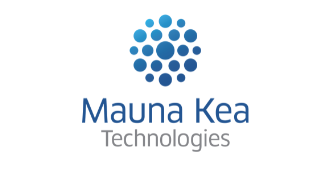Our latest
News

Mauna Kea Technologies and TaeWoong Medical USA Announce Exclusive Partnership to Accelerate Commercial Expansion in the U.S. in Pancreatic Cyst Management

Mauna Kea Technologies Receives NMPA Regulatory Approval in China for its Next-Generation Cellvizio® Platform

Mauna Kea Technologies Announces the Successful Completion of Its Financial Restructuring and €6M Capital Raise

Mauna Kea Technologies Exits Safeguard Proceedings Following Court Approval of its Plan and Initiates Minimum €5M Capital Raise

Mauna Kea Technologies Announces It Has Secured Over €5M in Firm Subscription Commitments as Required for Its Capital Increase

Mauna Kea Technologies Reports Third Quarter 2025 Revenue Up +16% at Constant Exchange Rates

Mauna Kea Technologies Announces the Terms of its Financing Under its Safeguard Plan

Mauna Kea Technologies Reaches a Key Milestone in Its Financial Restructuring

Mauna Kea Technologies Announces 2025 Half-Year Results

Mauna Kea Technologies Presents the Final Terms of its Safeguard Plan

Mauna Kea Technologies and Endotherapeutics Announce Cellvizio® First Australian Orders, Advancing CellTolerance® Commercial Expansion

Mauna Kea Technologies Unveils the Outlines of its Safeguard Plan to Ensure its Turnaround
No results found.
